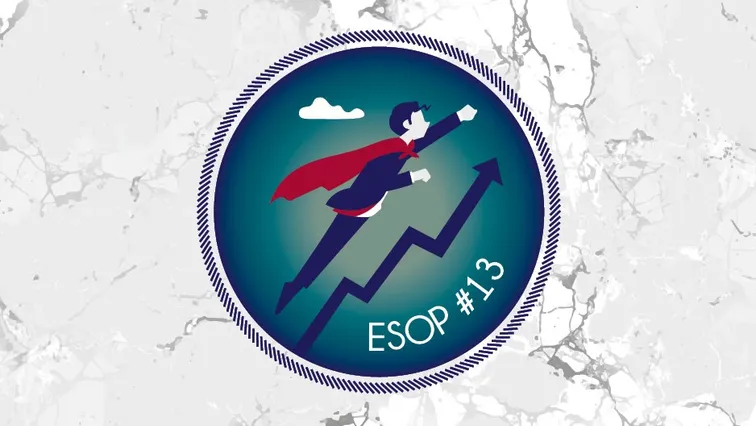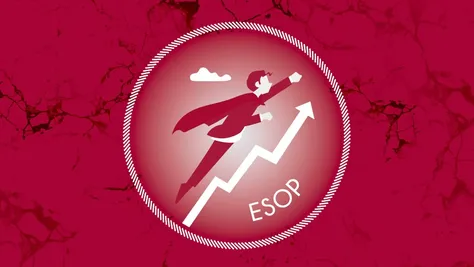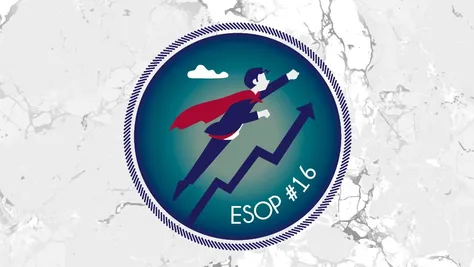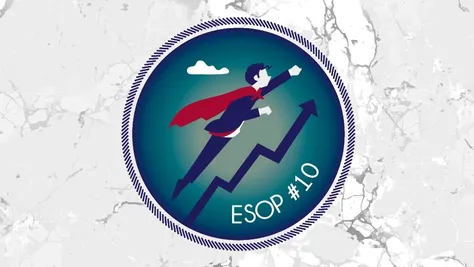Another ESOP fable is the story of a very interesting and inspiring client who, together with his wife and best friend, founded a successful real estate business. As I have mentioned several times, every story is unique and therefore requires a unique solution.
It all begins with the client’s decision
As I write ESOP fables, I am becoming more and more aware of how lucky I am to have interesting and inspiring clients. For example, this client of mine, let’s call him Honza. Over the past 20 years, Honza, his wife and best friend have built a major player in the real estate business. Our attorney-client privilege prevents me from being more specific. As the companies grew, individual departments were separated, each of which have their own boss, KPIs and a relatively separate structure within the entire group.
One day, Honza arranged a meeting with me. After the initial chat about golf, cycling and travel, we got to the main point: the motivation of the managers – heads of individual departments.
Client and his requirements
Honza had a fairly clear idea regarding the future management incentive scheme, which is always better for us because we just need to fit as many key requirements as possible to the existing legal solution. Of course, it also happens the client only knows that he wants to motivate the managers, but he himself has not yet been able to answer the question of what he is willing to offer and what he is willing to “give up”. In such a case, we first analyse the various legal and tax options including their advantages and disadvantages in order to facilitate the client’s general insight into the alternative solutions.
But this was not the case with Honza. Honza had a clear idea and at the same time he had three key requirements:
- Motivation of managers – This requirement is almost always the first and it is logical. One should really need to think about the fact that this is the main reason why management incentive plans are created. If we create a great scheme that does not motivate managers (and different managers in different companies are motivated by different incentives), it is useless. Individual heads of departments with very above-standard pay were and are very efficient, but still, sometimes Honza felt that these managers would give more to “their” business. Therefore, Honza was tempted by the option of offering individual managers real shares in the group.
- Engagement across the group – At the same time, Honza saw that individual managers were only focused on their own department, without being aware of the existence of other departments within the group. I explained to Honza that our clients have a very good experience of providing some incentive to managers on the entire group level as well. In this case, managers realise that if they help another department, it means greater financial benefit for themselves.
- Transparency of the scheme – The last key requirement was that the individual managers knew the “rules of the game” exactly and could easily calculate their rewards. I believe, we managed to accomplish this as well, as we will see below.
The story continues with the solution
Regarding requirements 1 and 2 above, we first offered Honza a management incentive program consisting in the purchase of real shares – not directly in the main entities, but in a management SPV, i.e. a company that actually holds part of the group for the managers and the managers have shares (without voting rights and the right to the liquidation balance) in the management SPV.
Regarding requirement 3, we proposed the creation of special classes of shares linked to the performance of individual departments in the main entities.
Honza was excited about how we managed to meet his main requirements. He immediately approved the implementation of the scheme, so we got down to work and drafted the necessary documentation, including relevant corporate changes in the companies.
The final stage of the scheme preparation was interesting. As I mentioned, motivating managers is the key requirement in these programs. Explaining and communicating the program to managers plays a key role in how it will be accepted by the managers. This introduction can be made by the client himself whom the managers trust (nevertheless, he does not always logically know every detail of the program) or sometimes by us lawyers; however, managers usually trust us significantly less.
In this case, and this is always the most appropriate solution for me, we chose a combination where the scheme itself and its meaning was presented by Honza himself and then we were called to explain the documentation, which we gradually went through and explained all the provisions that might seem unclear.
I thank Honza for another great story and interesting work and I wish him many more successes with 100% committed managers.







